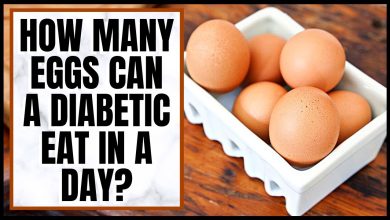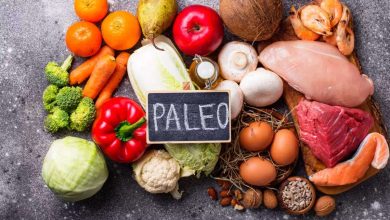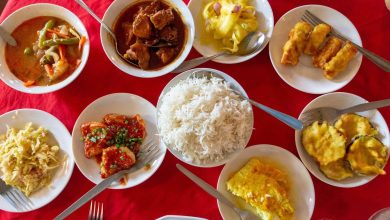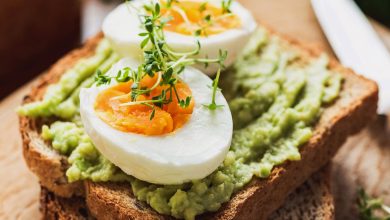Food and drink in England
The British still believe that food is more of a natural necessity than a pleasure. But things are moving forward, and in the last decade, hundreds of excellent and simply good restaurants have opened in the country.
As you might expect, London was at the epicenter of this culinary revolution, but today there are several noteworthy establishments in almost every city. The core of this transformation has been modern British cuisine, but on the other side lies a host of restaurants founded by various immigrant communities, primarily Italians, Chinese and Indians.
Another stronghold of catering is the pub. Admittedly, pubs in the cities have been hit hard by the rise of coffee shops, whose modern, polished furnishings give them a dull and gaudy look, but those that survive have bounced back and continue to offer real ale and top-notch food. Rural pubs have fared better, and drinking (and eating) at a traditional local brasserie is still the best way to experience country life.
Food in England
Many hotels and pensions will offer you the so-called “English breakfast”. Usually it is sausage, bacon, tomatoes, mushrooms and eggs, plus tea and toast – although the British themselves have already switched to breakfast cereals several decades ago.
For most foreigners, the “crown” English dish is fish and chips (fish and chips), which can be either fresh and juicy or disgustingly greasy, seasoned with salt and vinegar. The secret is in the method of frying, and more specifically in how fresh the fat is and whether it contains lard or vegetable oils.
If you ask the staff what kind of fat the food is cooked in, then don’t be surprised if you get a hostile answer – for some reason, such questions are considered tactless. The best fish and chips eateries have tables, but more often they give you them with you.
along with a wooden fork stuck in. Fish and chips cafes can be found on most downtown streets and main suburban thoroughfares, but in big cities they unfortunately often give way to pizzerias and McDonald’s-type eateries.
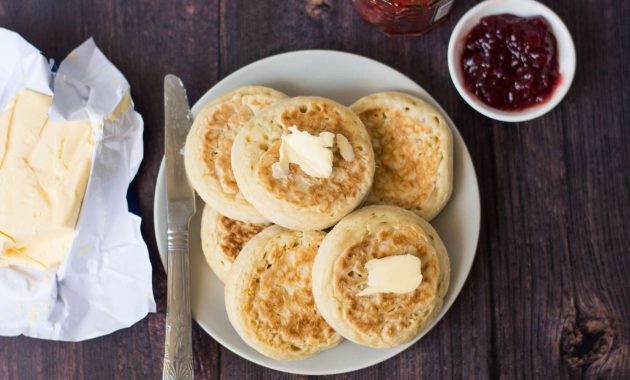
In addition, every city has at least a couple of cafes offering snacks and light meals throughout the day. The quality varies quite a bit, but at best it’s traditional home-cooked food. By the way, in tourist areas cafes are often called “tea-room”.
The food in pubs is also exceptionally varied. Some pubs take their business very seriously, offering a menu that can be compared to any mid-range restaurant. But much more often, the service justifies all the negative comments about English cuisine.
Typically, the menu includes a pie with meat and kidneys, a cutlet or steak with boiled potatoes, carrots or other vegetables. The kitchen often closes in the afternoon – between about 2 pm and 6 pm – and once or twice a week in the evening (often on a Sunday); after 20.30-21.00 you will hardly find food anywhere.
In the best pubs, you can count on at least one vegetarian dish on the menu, as in many restaurants. But outside of London and its surrounding counties, vegetarian cuisine is in short supply.
England Restaurants
Thanks to post-war immigrants, hundreds of ethnic restaurants opened in England. Most of them belong to the cheap or moderate price category. The most common Chinese, Indian and Thai restaurants, especially in London and the industrial cities of England (northern and central counties). Japanese.
Indonesian and North African establishments are becoming more common, but they tend to be somewhat more expensive. Higher up the price scale are French and Italian restaurants, as well as the occasional Spanish tapas bar.
England’s culinary network is growing year after year, with top chefs producing high-quality French cuisine, California-influenced menus and international hybrid masterpieces, striving to outdo everything across the Channel.

On the other hand, there is a revival of English traditions, such as shepherd’s pie (a casserole of minced meat and mashed potatoes) and “hot pot” (stew with vegetables) are found in many trendy restaurants.
Of course, the most first-class restaurants are in London, but wherever you are, you will always find yourself no more than half an hour away from delicious food – some of the best eateries can be found in country hotels.
The problem is that gourmet food is expensive, and if the establishment has a good reputation, you are unlikely to pay less than £20 (per person) for a main course. If you’re going on a culinary pilgrimage, it’s a good idea to arm yourself with the Which Good Food Guide, which is updated annually with thousands of detailed recommendations.
Where to drink (cafes and pubs)
There are several cafes in any city – usually unpretentious establishments offering soft drinks and light meals. Most are designed for ladies who are resting here between shopping trips, and are open only during the day.
The exception to this rule is London, where there are many more pretentious cafes, often luxuriously decorated in the European tradition. In tourist cities, these cafes are called “tea-shops”. In addition, there are American coffee shops (coffee shops).
Hundreds of city pubs could not survive the “invasion” of coffee houses and closed. Nevertheless, pubs remain a traditional purely English public institution. Originating as inns or inns for visitors, in many English towns and villages pubs have surpassed churches and markets as the main places of socializing.
Their full name is “public house”. English pubs are as diverse as the landscapes. In larger cities, you will find huge taverns with oak beams, fireplaces and polished brass fittings.
In outlying villages there are stone pubs no larger than a single-family cottage. And in the more closed industrial districts there are pubs where gender separation is still in effect: in the “common bar” working people relax with beer, and couples and single women prefer the more luxurious “salon bar” with a separate entrance. All pubs are open daily from 11 am to 11 pm, sometimes with a break in the middle of the day, from about 14.30 or 15.00 to 17.30 or 18.00.
